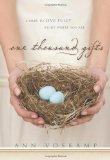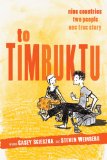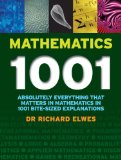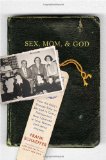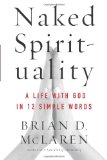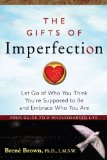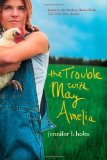Review of Charles and Emma, by Deborah Heiligman
The Darwins’ Leap of Faith
Henry Holt and Company, New York, 2009. 268 pages.
Starred Review
2010 Winner YALSA Excellence in Nonfiction Award
2009 National Book Award Finalist
2010 Printz Honor Book
Okay, when this book first came out, I wasn’t too interested. I grew up in a conservative Christian family, and didn’t exactly see Charles Darwin as a hero. Then the book kept winning awards, and got strong comments from the judges in School Library Journal’s Battle of the Books. I thought I really should read it. Then I met Deborah Heiligman at the 2010 ALA Annual Conference. When I found out why she wrote it, I knew I had to read it. I purchased a book and got her signature. However, it still took me until this year, when I was taking a class on the Printz Award, to finally get it read.
Deborah explains in the Acknowledgments at the back of the book how her husband got her interested in the story that would become this book:
“Jon’s been writing about science and evolution since we met. I had just graduated from college with a major in religious studies. We started talking immediately — about science and religion and writing and pretty much everything else — and we haven’t stopped since.
“One day, about seven years ago, Jon said to me, ‘You know, Charles Darwin’s wife was religious.’ I looked at him. He continued, ‘And they loved each other very much. She was afraid he would go to hell and they wouldn’t be together for eternity.'”
Evolution is supposed to be opposed to Christianity, right? So how is it possible that Charles Darwin’s wife was deeply religious — and yet the two were very much in love.
Deborah Heiligman tells the love story of Charles and Emma Darwin beautifully. It’s clearly a work of nonfiction — she relies heavily on letters and journals and notebooks written by the two of them — but it reads like a novel. Of course, in a story book, the marriage probably wouldn’t have worked. I found it especially interesting that Charles’ father advised him not to tell his new wife about his doubts about religion. But Charles couldn’t hide them from her. And she loved him anyway and even edited his books, including The Origin of Species.
This book tells the story of how Charles Darwin’s scientific theories developed, but it especially shows us the man who loved his wife and children very much. And whatever your views, you can’t help but fall for the man presented here, and the wife who provided exactly what he needed to be such a distinguished scientist.
This book is wonderfully presented. I like the quotations at the head of each chapter and the way Deborah Heiligman has arranged the facts in such an interesting manner. This book presents a compelling story that is all the more amazing because it’s true.
“You will be forming theories about me & if I am cross or out of temper you will only consider ‘What does that prove.’ Which will be a very grand & philosophical way of considering it. — Emma to Charles, January 23, 1839”
DeborahHeiligman.com
HenryHoltKids.com
Find this review on Sonderbooks at: www.sonderbooks.com/Nonfiction/charles_and_emma.html
Disclosure: I am an Amazon Affiliate, and will earn a small percentage if you order a book on Amazon after clicking through from my site.
Source: This review is based on my own book, purchased at ALA Annual Conference and signed by the author.

